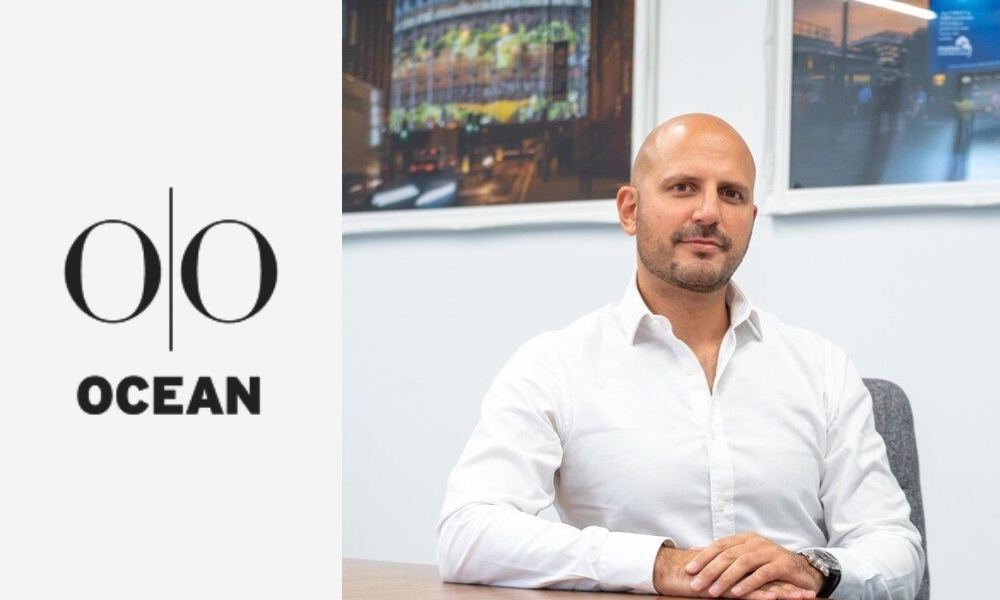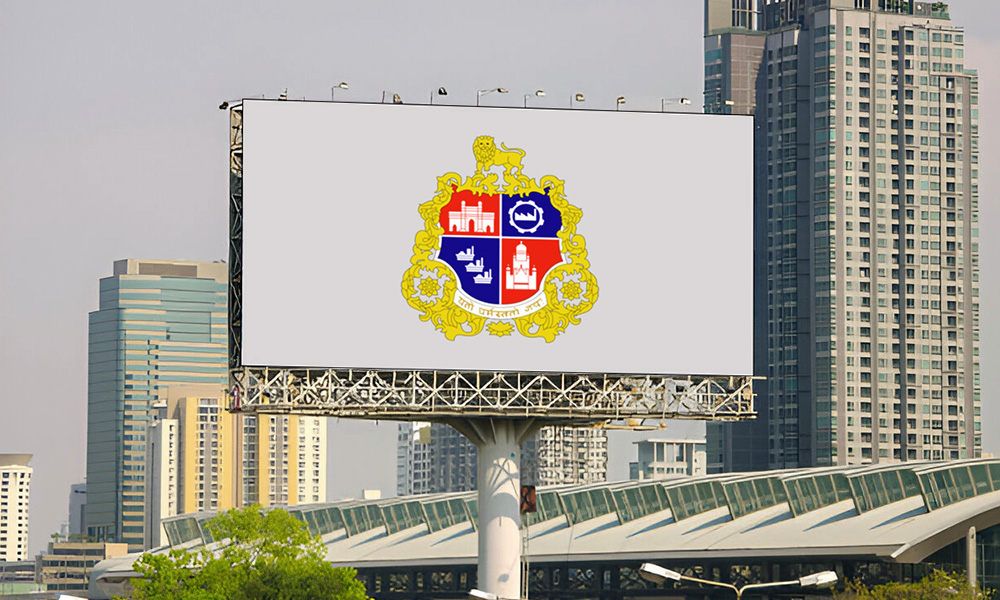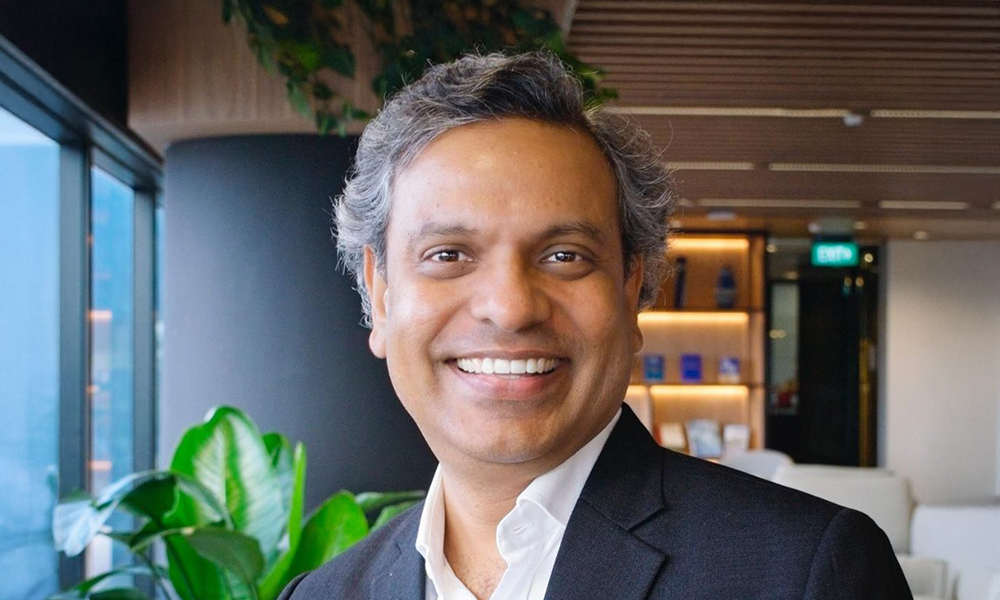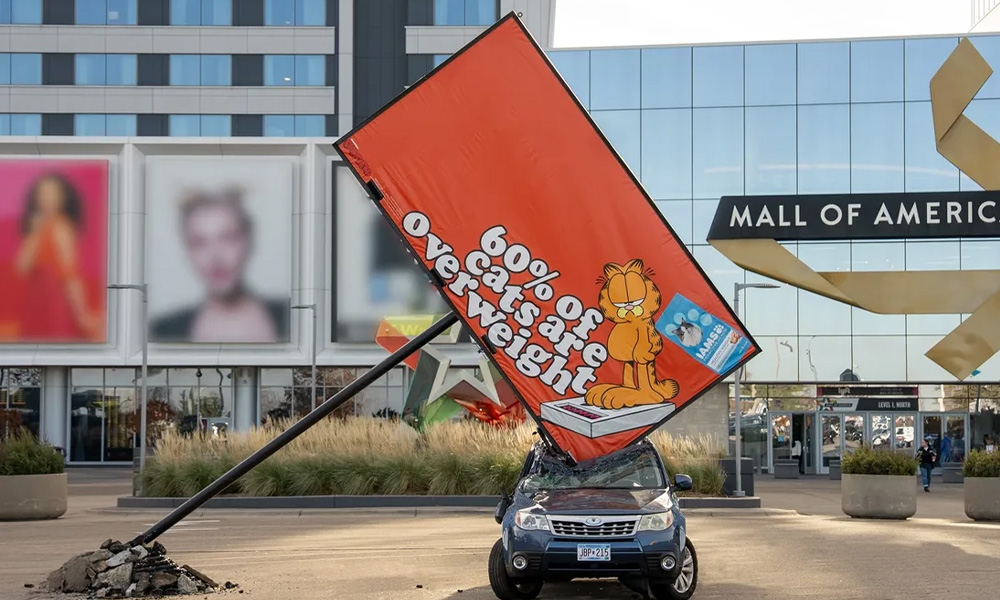

The amendments span definitions, auction processes, site selection norms, format sizes, and the use of digital and innovative OOH formats, significantly impacting media owners, advertisers, and...


In an age driven by attention economy with excessive focus on clicks, shares and instant gratification, Stephen Joseph, Group CEO of Ocean Outdoor, explains why there’s...


As the industry evaluates the newly announced BMC OOH Policy 2025, insights from Junaid Shaikh, Managing Director, RoshanSpace Brandcom, and Payal Patel, Co-Founder, Devangi Outdoor, shed...


The rights are for a period of 15 years


The signage industry is a space where both static and digital/dynamic formats can peacefully co-exist, says Deepak Gupta, Director of Sun Sign & Technologies, in this...


The operational mandates of these retiring agencies are being absorbed and integrated into the three retained creative networks: BBDO, McCann, and TBWA.


In his column, Ranganathan Somanathan, Global Chief Growth Officer at billups, writes why accountability and storytelling now define the next chapter of Out-of-Home advertising, in this...


According to the new policy, division of Mumbai in Zone 1/2/3 has been dispensed with and now, the policy allows Advertiser to put any size of...


London Lites’ network comprises more than 65 premium digital signs across central London, including flagship sites such as The Cube at Flannels Oxford Street, one of...


The campaign was timed to promote IAMS Healthy Weight Dry Cat Food, a new product formulated to support feline weight loss.